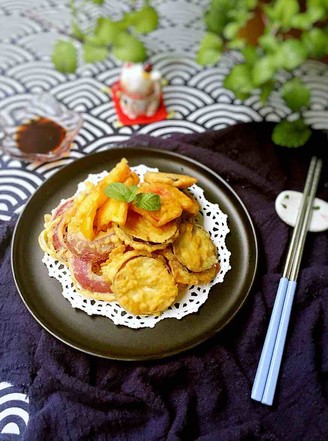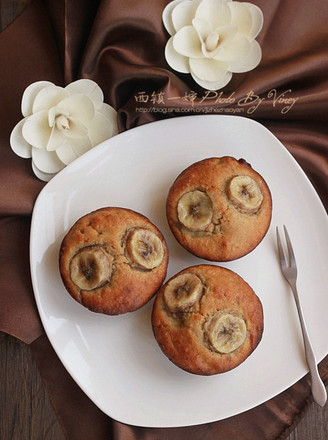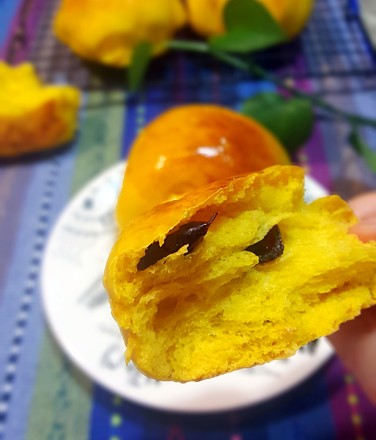Lemon Peel Chiffon Cake-super Detailed Production Process
1.
Weigh all the raw materials, and sieve the low-gluten flour 2-3 times.
2.
Rub the skin of the lemon with salt for a minute or two, and then rinse it with water to remove the wax on the skin of the lemon. Dry the water on the lemon peel after washing.
3.
Scrape off the lemon zest with a scraper.
4.
Shave the white flesh on the lemon peel, otherwise it will have a bitter taste.
5.
Chop the lemon zest. Chop as much as you can.
6.
Dry the two egg-beating bowls and make sure they are oil-free and water-free. Separate the egg white and egg yolk, and put them in the basin.
7.
Use a manual whisk to break up the egg yolks, add one-third of the white sugar and mix well.
8.
Pour the oil into the egg yolk three times, stir well each time, and set aside again.
9.
Pour the milk into the egg yolk and mix well.
10.
The sifted low-gluten flour is divided into three times and put into the egg yolk paste, using from bottom to top, cut and mix in one word. Don't stir in circular motions, otherwise the flour won't rise when it becomes gluten. Mix the flour well each time before adding the next flour.
11.
When sifting in the flour for the third time, add the lemon zest and chop together
12.
The mixed egg yolk noodles are mushy. The egg yolk paste is ready, set aside for later use.
13.
Here comes the beaten egg whites. First, beat the egg whites with a whisk at high speed until there are big fish-eye bubbles. Add the remaining one-third of the sugar.
14.
Add a few drops of lemon juice. Keep playing. At this time, the oven can be preheated, and the preheating temperature of the oven is the baking temperature plus 20 degrees.
15.
Beat until the egg whites are a bit thick, add the second sugar. Change the egg beater to medium and high grade and continue to beat.
16.
Beat until the egg whites can pull out a slight tip and put in the third sugar. The whisk continues to beat.
17.
Stop, use a whisk to drag out the egg whites. If the egg whites are in small hooks, it is wet foaming. Continue to fight. Every few seconds you have to stop and lift the whisk to take a look.
18.
When you lift the whisk, you can pull out a short, upright little pointed end. The egg white is complete. Don't hit it again, it will become a rigid foam. If it becomes rigid foam, Chiffon will also declare its failure.
19.
Take one-third of the egg white into the egg yolk paste, and cut and mix evenly from the bottom up.
20.
Pour the mixed egg yolk paste into the remaining egg white paste and cut and mix quickly. The total process of cutting and mixing the egg white paste and egg yolk paste should be controlled within one minute as much as possible. (It is better if it can be faster, but it must be mixed well, otherwise the chiffon will be granular) to prevent defoaming. After defoaming, the chiffon will not be so fluffy.
21.
Pour the mixed cake batter into an 8-inch mold, and use the bottom of a spoon to spread the batter evenly. Pick up the mold with your hands and shake it hard on the table twice. Put it into the preheated aca oven. Middle and lower level, sixty minutes. Top the heat to 140, lower the heat to 135 degrees, and bake for 30 minutes.
22.
Bake for 30 minutes. The cake will be sent out slowly. When it reaches the highest point, the cake will fall back (the whole process is about 30 minutes). At this time, you can increase the upper and lower heat by 15 degrees, and continue to bake for 20 minutes. In the last ten minutes, watch the cake coloring. If the coloring is light, the heating can be increased by ten degrees. If the coloring is possible, don’t move, and continue for the next ten minutes.
23.
You can insert a toothpick into the cake before it is out of the oven. If there is cake batter when it is pulled out, you need to bake it for a while. The time to bake depends on the situation.
24.
After the baked cake is out of the oven, it is immediately upside down on the grill. You can refer to my method. Put a grill on the baking tray, and the cake is directly buckled on the grill. (Some people also said to shake it before it is out of the oven. I asked a baking master, but he said that he didn't need it at all, so I didn't shake it this time. The facts show that it can be done without shaking). I have also tried to shake it after the oven is out, and it doesn't seem to make much difference.
25.
The upside-down cake can't be pulled out of the mold until it is cool. Use a fruit knife or a stripper knife to demould the cake. There will be some crumbs on the surface of the cake after demoulding, which can be slightly rubbed off with your hands. That would be better. You can omit this step if you eat it yourself.
26.
A friend said that the cuts for cutting cakes are not good-looking, and introduced a super easy cake-cutting technique. Only a piece of sewing thread is required.
27.
Put the string on the cake, hold the two ends of the string with two hands, stretch it a little bit, and pull it down forcefully from left to right. (Like a saw)
28.
That's it for delicious chiffon.
Tips:
1. The egg whites must be put in a water-free and oil-free basin, because the egg whites can only be beaten in a non-oil and water-free state, otherwise the cake will not be soft. 2. Choose a stainless steel basin as much as possible. 3. When mixing the batter, stir from bottom to top, don't stir vigorously to avoid defoaming. 4. Bake chiffon cakes must use dip molds, non-stick molds will make the cake not climb high. 5. The baked cake should be reversed immediately, and it can be demoulded only after it has cooled completely, otherwise it will collapse easily. 6. The most important thing is to find out the temperament and temperature of the oven. The temperature of each oven is different, and the baking temperature depends on the temperature of the oven. At present, I think so much, because it is a newcomer to baking, so I don’t know if there is anything left, or insufficient, or wrong. If you have any, please let me know.

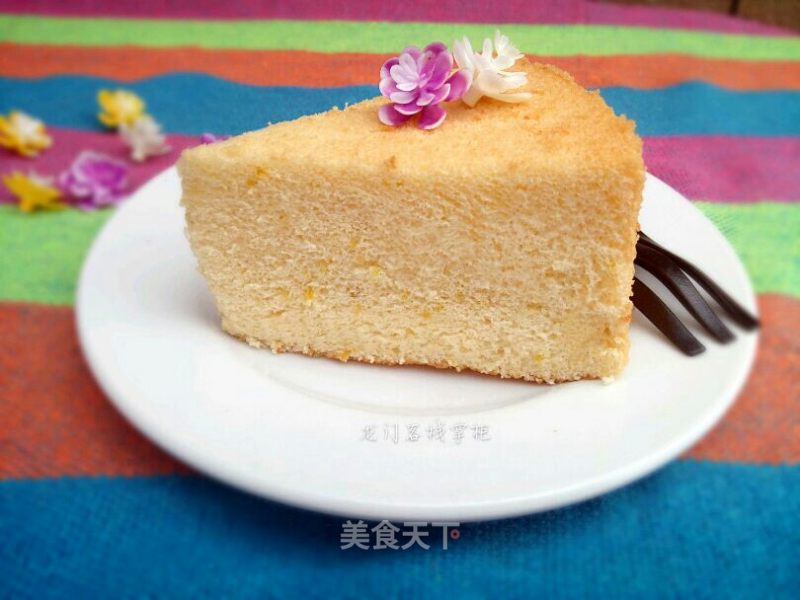
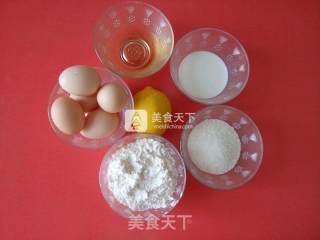

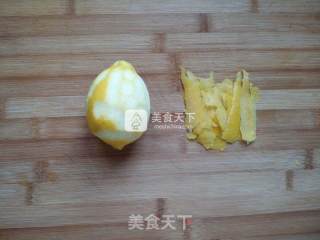
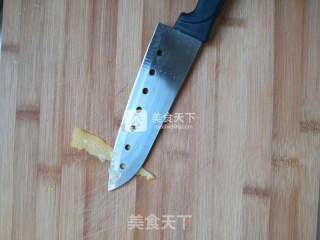
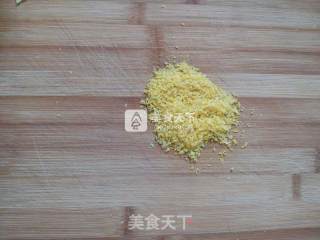
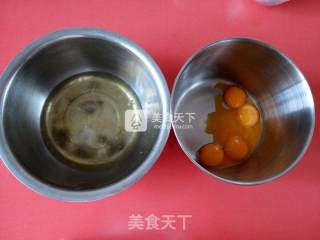
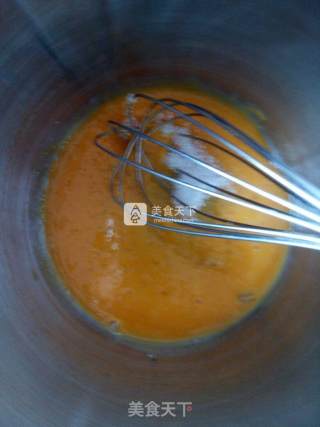
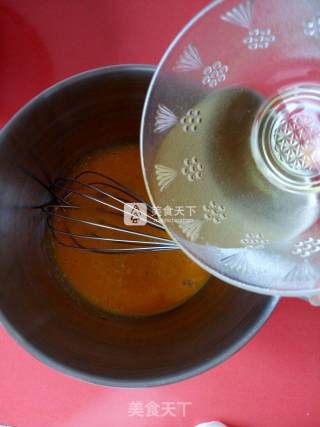
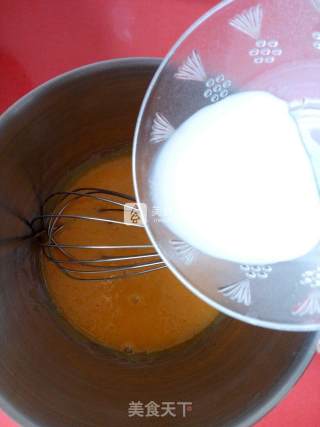
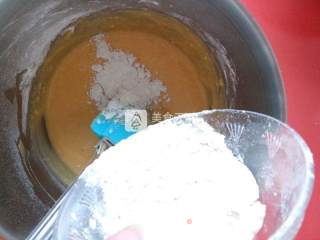

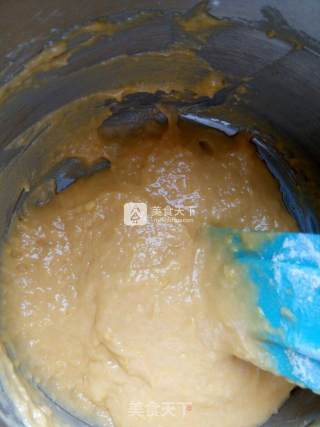
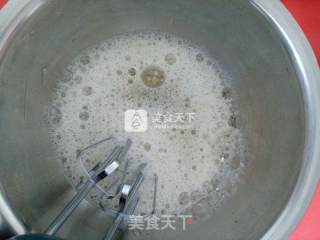
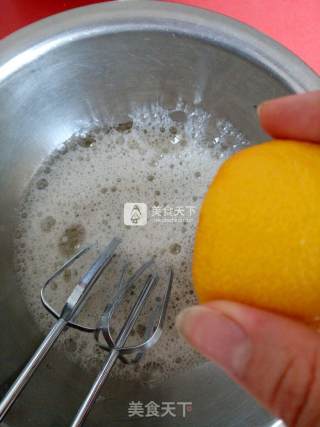
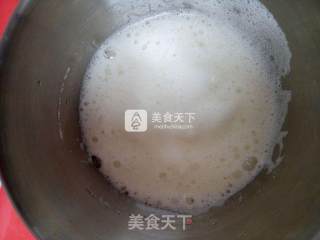
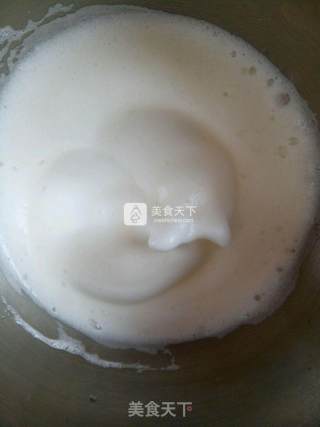
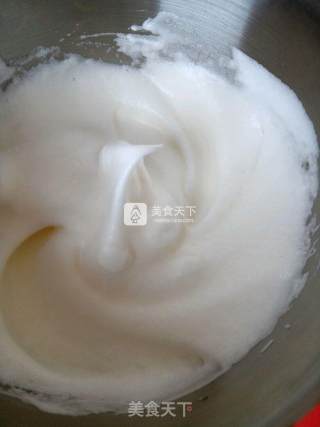
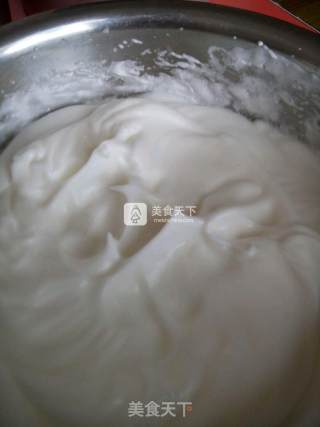
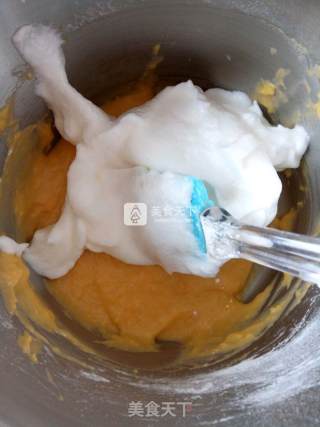

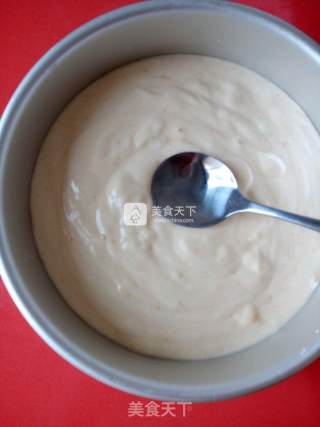
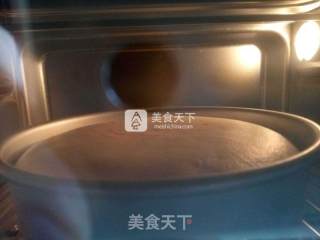
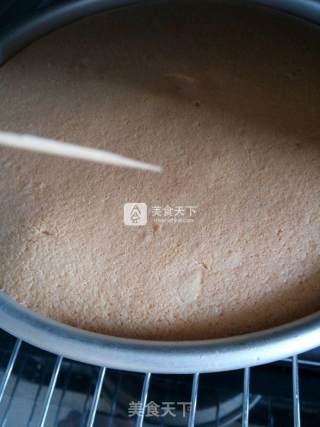
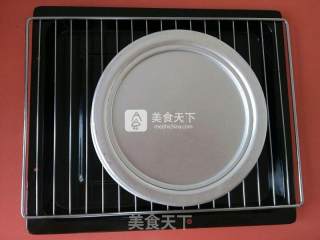
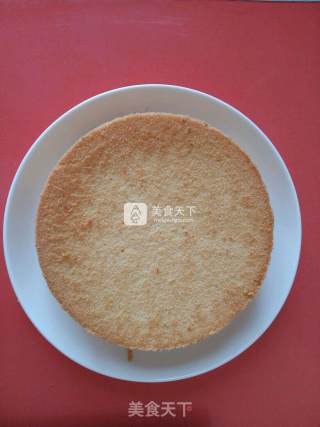
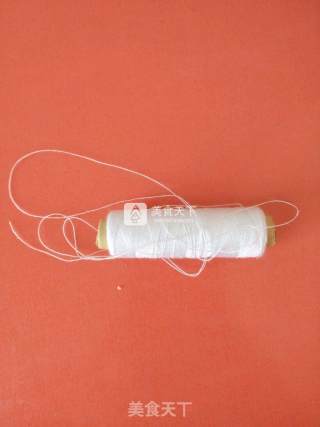
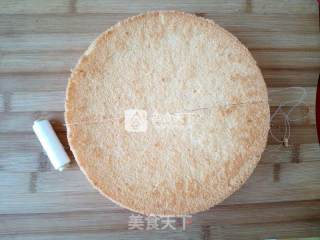
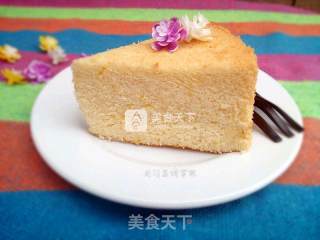
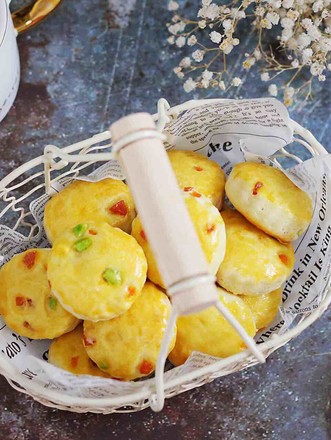
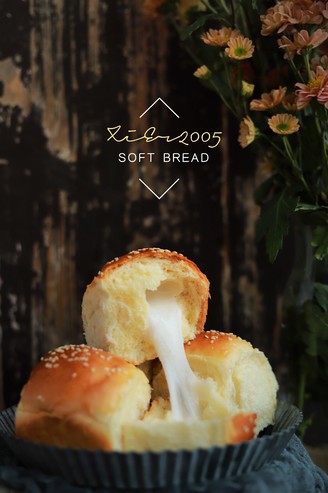
![Seasonal Vegetable Patties [baby Food Supplement] recipe](https://img.simplechinesefood.com/02/024b910033009872aea33017c755a377.jpg)
